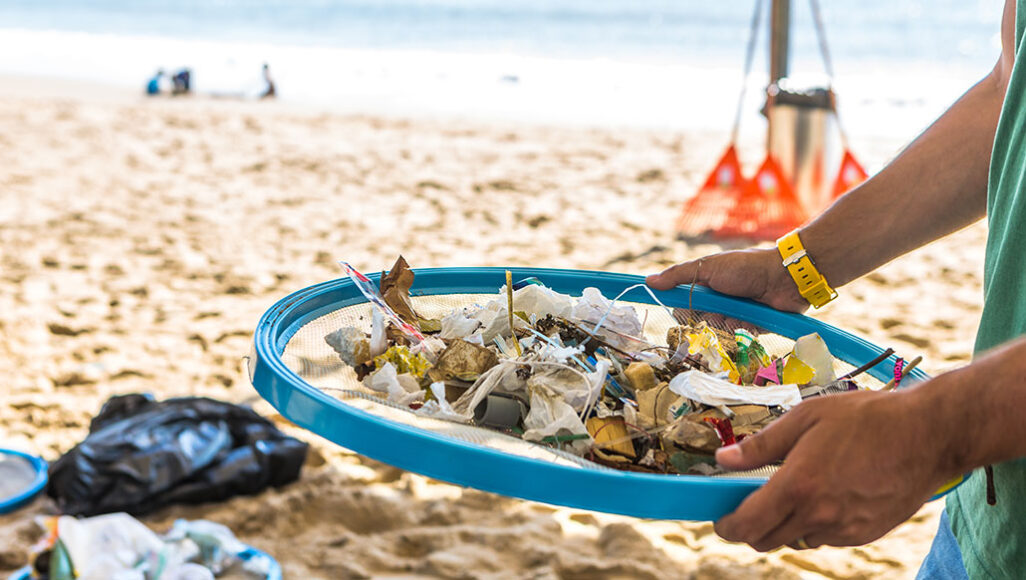Questions for ‘A new way to make plastics could keep them from littering the seas’

Due to plastic’s slow breakdown in seawater, 80 percent of trash in the sea consists of this long-lived synthetic material.
MaRabelo/iStock/Getty Images Plus

Due to plastic’s slow breakdown in seawater, 80 percent of trash in the sea consists of this long-lived synthetic material.
MaRabelo/iStock/Getty Images Plus